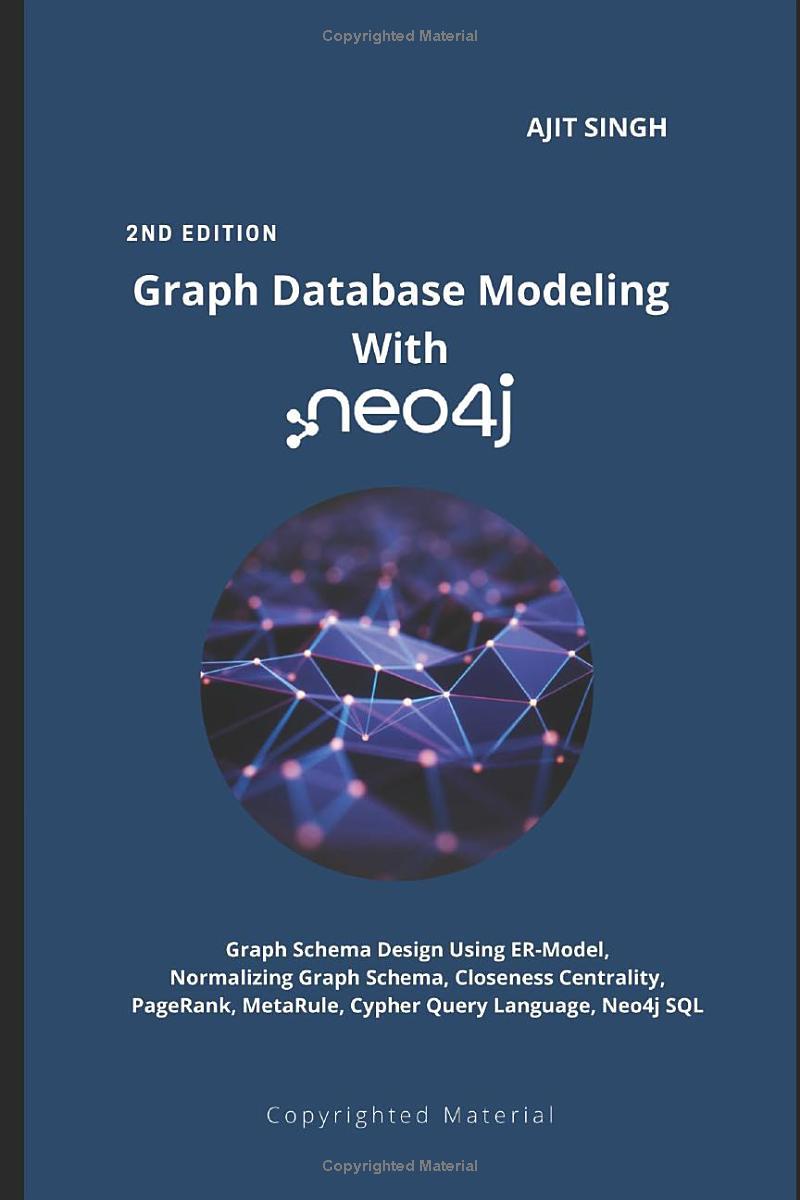Question
Consider the following suggestion for an asymmetric RSA-based encryption scheme: Key generation: exactly as in RSA-OAEP Encryption: to encrypt a plaintext m under a public
Consider the following suggestion for an asymmetric RSA-based encryption scheme:
Key generation: exactly as in RSA-OAEP
Encryption: to encrypt a plaintext m under a public key (n,e), we first compute an encryption c of m under RSA-OAEP and then output the pair (c, H(m || c || n)) as ciphertext. Here || denotes concatenation and H is a cryptographic hash function, which we model as random oracle.
Decryption: to decrypt a ciphertext (c, h) with secret key d, decrypt c as in RSA-OAEP to obtain a candidate plaintext m. If decryption with RSA-OAEP fails, abort with an error message. If the equality H(m || c || n) = h holds, then output m, otherwise abort with an error message.
User A intends to use this encryption scheme to transmit 4-digit PINs confidentially, using a sufficiently large RSA modulus and a secure cryptographic hash function H.
Show that the above scheme is not suitable for this.
Step by Step Solution
There are 3 Steps involved in it
Step: 1

Get Instant Access to Expert-Tailored Solutions
See step-by-step solutions with expert insights and AI powered tools for academic success
Step: 2

Step: 3

Ace Your Homework with AI
Get the answers you need in no time with our AI-driven, step-by-step assistance
Get Started


